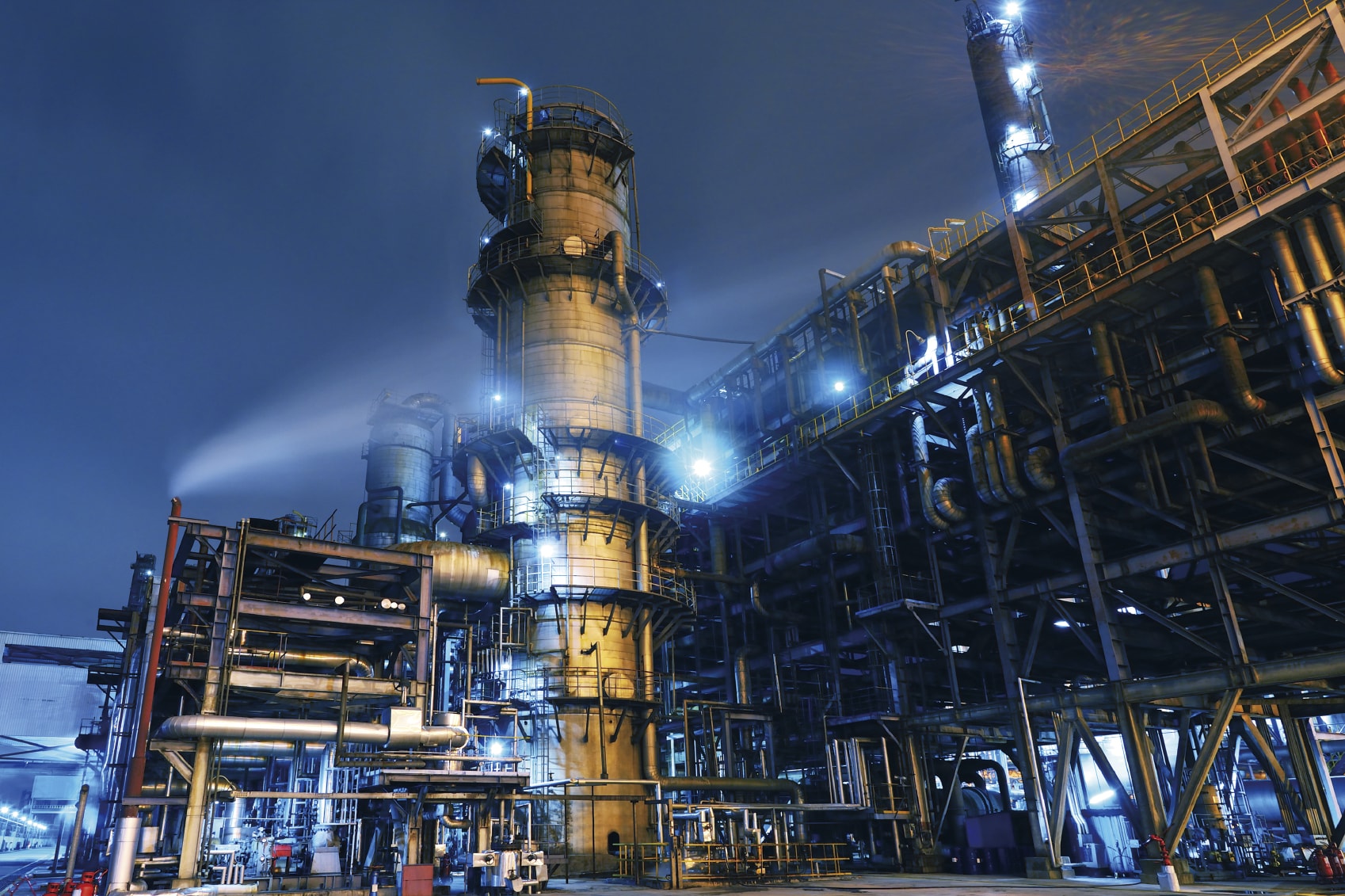Both Crescent Point Energy Corp. (TSX:CPG)(NYSE:CPG) and Baytex Energy Corp. (TSX:BTE)(NYSE:BTE) have been consistently popular names for playing 2016’s oil rally. Crescent Point is the largest of the intermediate oil producers (with a $12 billion market cap), and Baytex is commonly cited as having some of the highest leverage to rising oil prices in the industry.
The choice of name to purchase ultimately depends on what the price outlook for 2017 is. On October 10, oil made its highest close of 2016, closing above US$51, and sentiment in the market is extremely bullish after OPEC’s plan to cut production effectively put a floor under oil prices.
While OPEC’s goal of cutting production by as much as 700,000 bpd is unlikely given that most the sources of supply disruption (like Libya and Nigeria) are not part of the agreement, Rystad estimates that even if OPEC production grows 400,000 bpd from August levels, the market will still suffer a shortfall of 400,000 bpd in 2017.
This means the OPEC agreement, should it fail completely, has very little cost on a supply/demand level, and, should it succeed at all, has very bullish implications. In the meantime, given the immense financial pressure Saudi Arabia is under, OPEC is likely serious about intervening in the market, giving oil a likely floor of about US$45 per barrel for 2016.
Investors should expect oil to average between US$45 and US$60 for 2017 (the high end of analyst forecasts). With this in mind, is Crescent Point or Baytex a better bet?
Which name has better assets?
The first thing to look at is which name has a better asset base. Having assets that are economic at low prices with a large drilling inventory to grow production will help ensure strong performance if oil spends a large portion of 2017 at lower levels.
Crescent Point has a major edge here. Crescent Point has nine core plays, and all of them are focused on light crude production. This means Crescent Point doesn’t need to deal with product discounts that come with heavy oil production. Eight of Crescent Points nine core plays are ranked in the top 20 in North America when ranked by how long it takes to pay back capital costs (payback period).
At prices of US$45 in 2016 and US$60 in 2017, Crescent Point’s key area, the Viewfield Bakken, would pay back its drilling costs in a very short seven to 14 months. A well would earn a staggering 91-317% return over the course of its life. Its other core area, Shaunavon, would pay out in 13-28 months with returns of 40-100%.
Baytex has three core assets, two of which are heavy oil assets which produce discounted crude. As a result, its heavy oil assets are not particularly economic until prices are in the mid US$50 range. As a result, Baytex is fairly limited to drilling in its light oil Eagle Ford asset until prices recover. The end result is, analysts see Baytex production falling in 2017 as the rate of production decline offsets capital being spent to drill new wells.
While Baytex’s three plays do show strong economics at US$60 (returns between 100% and 150% and covering capital costs about a year on average), Crescent Point simply has a larger and more economic asset base in which to deploy capital. As a result, Crescent Point expects production growth in 2017.
Crescent Point’s newest initiative, for example, and a likely recipient of capital going into 2017 is horizontal drilling in its Uinta play. With a breakeven price below US$40 according to Bank of Nova Scotia, this asset is highly economic in lower oil prices, and Crescent Point sees it as having similar economics to its top Viewfield Bakken play.
Baytex is a better bet for the most bullish investors
Should oil prices take off and remain near or above US$60, Baytex will likely outperform as the company will be able to grow production and see better returns from its assets. Since it is also a smaller and riskier name (due to higher debt levels), higher oil will attract more risk-averse investors.
For the remainder of investors, Crescent Point is likely a better bet, and it also trades at a lower valuation (7.2 EV/DACF vs. 8.2 EV/DACF).
 Stock Up Sale
Stock Up Sale








